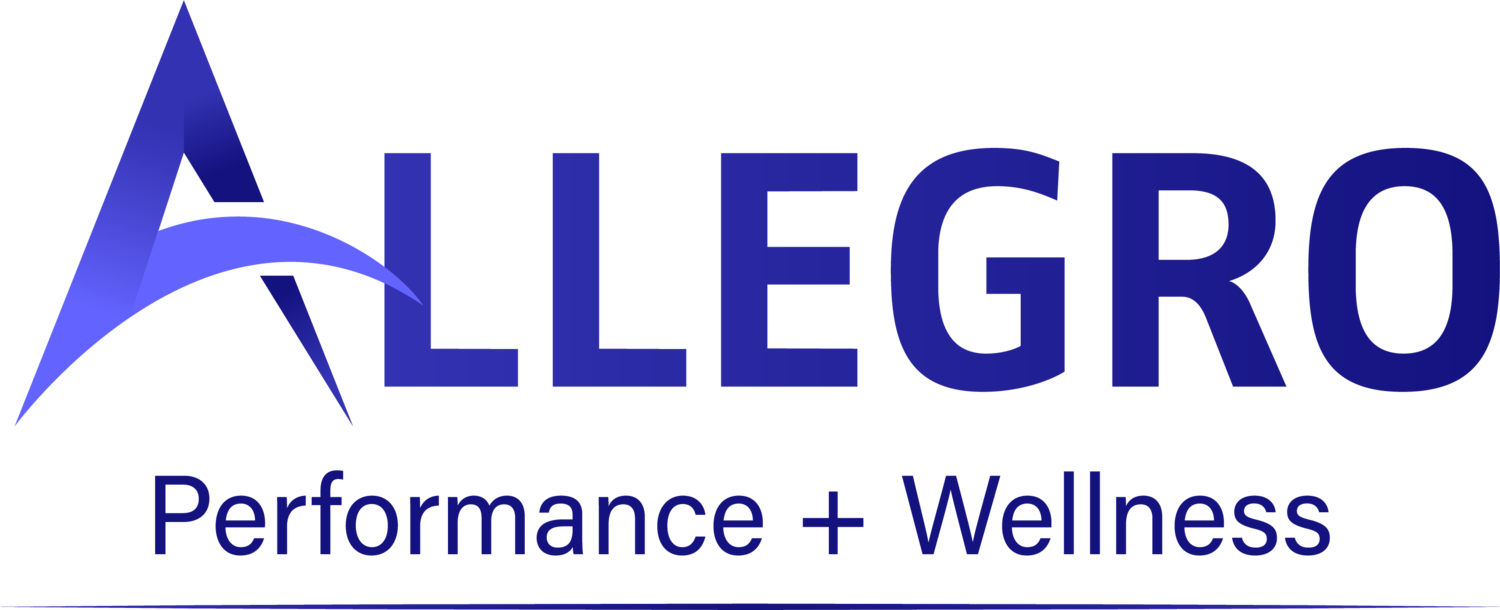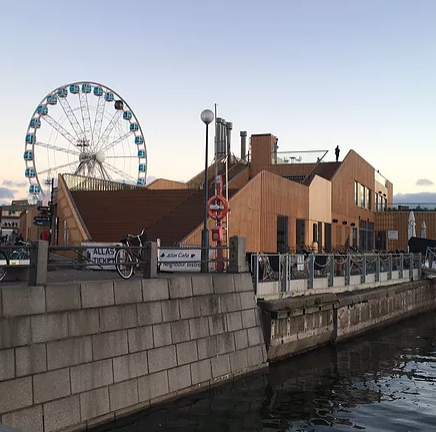IADMS 2018 Highlights
This past October I had the opportunity to attend one of my very favourite conferences, in Helsinki! The International Association of Dance Medicine and Science Annual Meeting is always a highlight of my year (and not just because it usually means I get to travel to fun places ;). There’s something really special about surrounding yourself with likeminded people who are just as passionate about dancer health and wellness as you are. Since it’s a bit of a niche market and an underserved population, it’s easy to feel like you’re alone in the work you do on a day to day basis. But when ~500 delegates from all over the world get together for 4 days of learning, sharing and collaborating, magic happens.
I know not everyone is lucky enough to attend in person every year, so I thought I would summarize some of my key take-aways from this year’s conference. There was sooo much good information (and with at least 4 sessions to choose from at any given time I’m sure I missed plenty of stuff!) but here is some of the information I found the most interesting, useful, or thought-provoking during my time in Helsinki.
Sleep: The keynote this year was given by Dr. Henri Tuomilehto, a Finnish sleep expert who consults for the Finnish Olympic Committee, The Finland High Performance Unit, Finland University among many other organizations. We’ve been hearing for years how important sleep is, but it was fantastic to learn the actual science behind WHY. Ninety – five percent of recovery comes from sleep, primarily due to growth hormone which is only secreted when in deep sleep. Increased levels of growth hormone help to strengthen bones, repair muscle tissue and boost the immune system. All important things, especially when you have to train or perform again the next day! Therefore, it’s not surprising that improved sleep also leads to improved performance. Athletes getting 8+ hours of sleep were 9% more accurate, 4-6% faster in sprinting, and had 37% less fatigue compared with people getting less than 8 hours of sleep per night. Sleep duration can also be inversely correlated to likelihood of injury. Interestingly, the highest rate of injury appears to occur at 6hrs of sleep/night, with decreasing rates of injury at 7hrs, 8hrs, 9hrs etc. How many people routinely get ~6hrs of sleep per night??? Dr. Tuomilehto re-enforced what we know about needing at least 8hrs of sleep per night, but also suggested that although 8hrs is necessary, 8-10hrs/per night is actually optimal. In his own words, “Sleep is the doping of nature – it determines your next day”.
Tendon Health: Dr. Christian Couppé from the Institute of Sports Medicine in Copenhagen, Denmark gave a brilliant update on the current state of research with regard to tendon health, and specifically chronic tendinopathy. Since the late 1990’s, eccentric training protocols have generally been considered to be the standard treatment for chronic tendinopathy. However, recent research is suggesting that tendons cannot differentiate between the type of muscle contraction occurring (ie concentric vs eccentric vs isometric) and are merely responding to the load being transferred to the tendon. Dr. Couppé suggested that heavy slow resistance training 3x/wk has been shown to be beneficial clinically, and also to have superior microstructural effects in treatment. In addition, it generally has better patient compliance when only needing to be performed 3x/wk as opposed to multiple sessions per day for some eccentric training protocols. The take away message? The total load and time under tension seem to be the crucial components for achieving positive outcomes in chronic tendinopathies, regardless of training mode. So get your tendon patients loading as quickly as possible!
Neuromuscular Training: One of the big ‘buzz topics’ this year was neuromuscular training. As a result, there were quite a few sessions on this topic. They ranged from presentations reporting findings from neuromuscular interventions, workshops outlining neuromuscular training programs adapted for dancers, a workshop using a neuromuscular training program to prepare for pointe readiness and more. Neuromuscular training can be defined as ‘training enhancing unconscious motor responses by stimulating both afferent signals and central mechanisms responsible for dynamic joint control’, so it’s no wonder it’s proving important in the dance world! One of the most exciting developments on this front is the work Nico Kolokythas has done adapting the FIFA 11+ program to a dance specific program. Called 11+ Dance, this neuromuscular training program is being studied to evaluate its effectiveness in injury prevention in dancers age 11 years and up. The FIFA 11+ program has proven useful in injury prevention in soccer players. The dance specific program focuses on ankle, knee and hip stability, muscular endurance, and jumping and landing control. Watch for lots more research emerging on the neuromuscular front in the next few years, as it will continue to be a hot topic!
The Australian Ballet healthcare program: Sue Meyes, Principle Physiotherapist with The Australian Ballet, shared with us the details of the healthcare program at The Australian Ballet. I think it’s fair to say that there were more than a few envious people in the audience. The healthcare team has done a fabulous job of making the health and wellness of its dancers a priority not just for the healthcare team, but for the whole company. The entire company staff, including artistic staff, are on board with their healthcare programs, specifically their preventative programs. With data spanning 2 decades, the team is able to track injury rates (or lack thereof) in response to efforts they have implemented with preventative programs. These include a stress fracture management program, calf raise endurance program, hip strength program among others. This prevention, coupled with repertoire specific conditioning, a rehabilitation specialist on staff to bridge the gap between clinician and return to dance, and more have made this program the gold standard that many other companies now strive to achieve. Thank you Sue for sharing all your knowledge and giving us a glimpse into your programming!
A huge thank you to IADMS and the host committee in Helsinki for once again putting together another amazing conference. The local hosts went above and beyond to put together some fantastic social events including a curated night a Finnish dance that was incredible!
And don’t forget to save the date! The next conference is October 24-27, 2019 in Montreal. I can’t wait welcome the international dance community to Canada!






